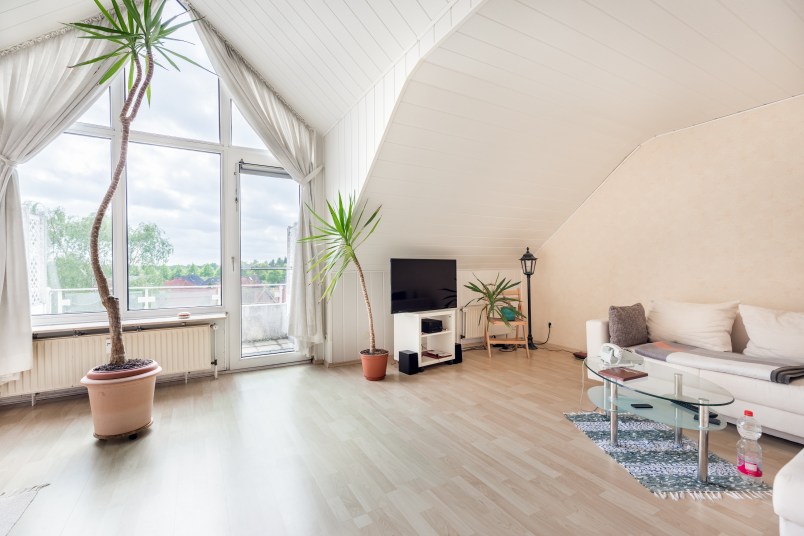10 Ways to Create a Non-Toxic Home

How fresh is the air inside your home? See how many of these principles for safe and healthy living you can tick off.
Beware of volatile organic compounds (VOCs).
These are chemicals that escape or “off-gas” into the surrounding air. VOCs can be emitted from materials, finishes, and products within the home and can trigger or contribute to illness.
Avoid plastics.
They can contribute to indoor air pollution through off-gassing. Plastics can also release chemical pollutants into household dust.
Ensure good ventilation and airflow.
Ventilation is essential to exhaust unwanted odors, water vapor, and pollution, and replace them with fresh air. Be sure to use exhaust fans in wet areas and when cooking. Open windows and doors where possible to help remove indoor pollutants.
Embrace HEPA cleaning.
Use a vacuum cleaner with a HEPA (high-efficiency particulate air) filtration system when you’re cleaning; this will trap fine dust particles and stop them from being released back into indoor air.
Seek out non-toxic, environmentally friendly products.
Opt for products that have minimal chemical intervention. Products that are non-toxic are better for your health and the health of your home, and are a better, cleaner option for the environment.
Look for independent certification on products.
These labels will help you find items that have legitimate health or environmental credentials and help you avoid ‘greenwashing’, or healthy and eco-friendly claims.
Master moisture control.
Avoid mold growth by decreasing moisture levels in your home. This can be achieved by providing adequate ventilation. Mold can contribute to a range of health issues.
Avoid soft-furnishing chemical treatments.
Be aware of whether soft furnishings have been chemically treated before you buy. Avoid stain-resistant, UV-resistant, antibacterial, and flame-retardant chemicals as these can break down into household dust and be ingested or inhaled. Contaminated dust has been documented as contributing to asthma, allergies, and endocrine-altering illnesses.
Opt for natural materials and fibers.
Many natural materials and fibres have beneficial characteristics: for example, wool is naturally flame-resistant and has antibacterial properties.
Understand the connection between environmental pollutants and health.
The CDC has documented that our indoor environment can cause and contribute to a range of illnesses.
This article originally appeared on our sister site, Homes to Love.
















